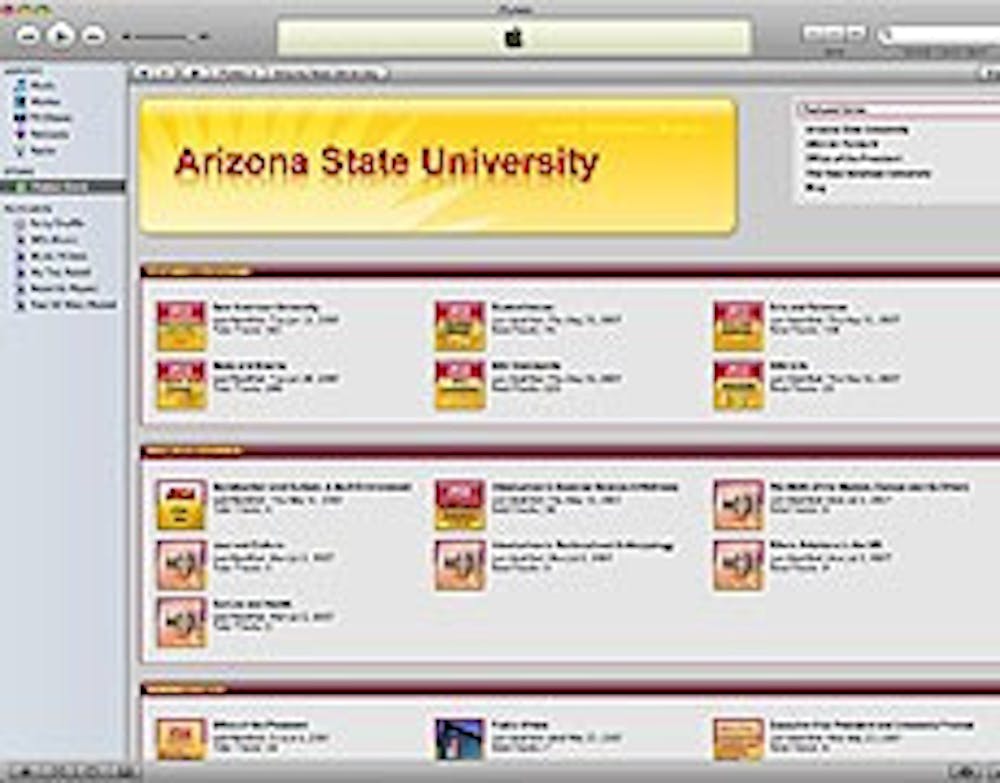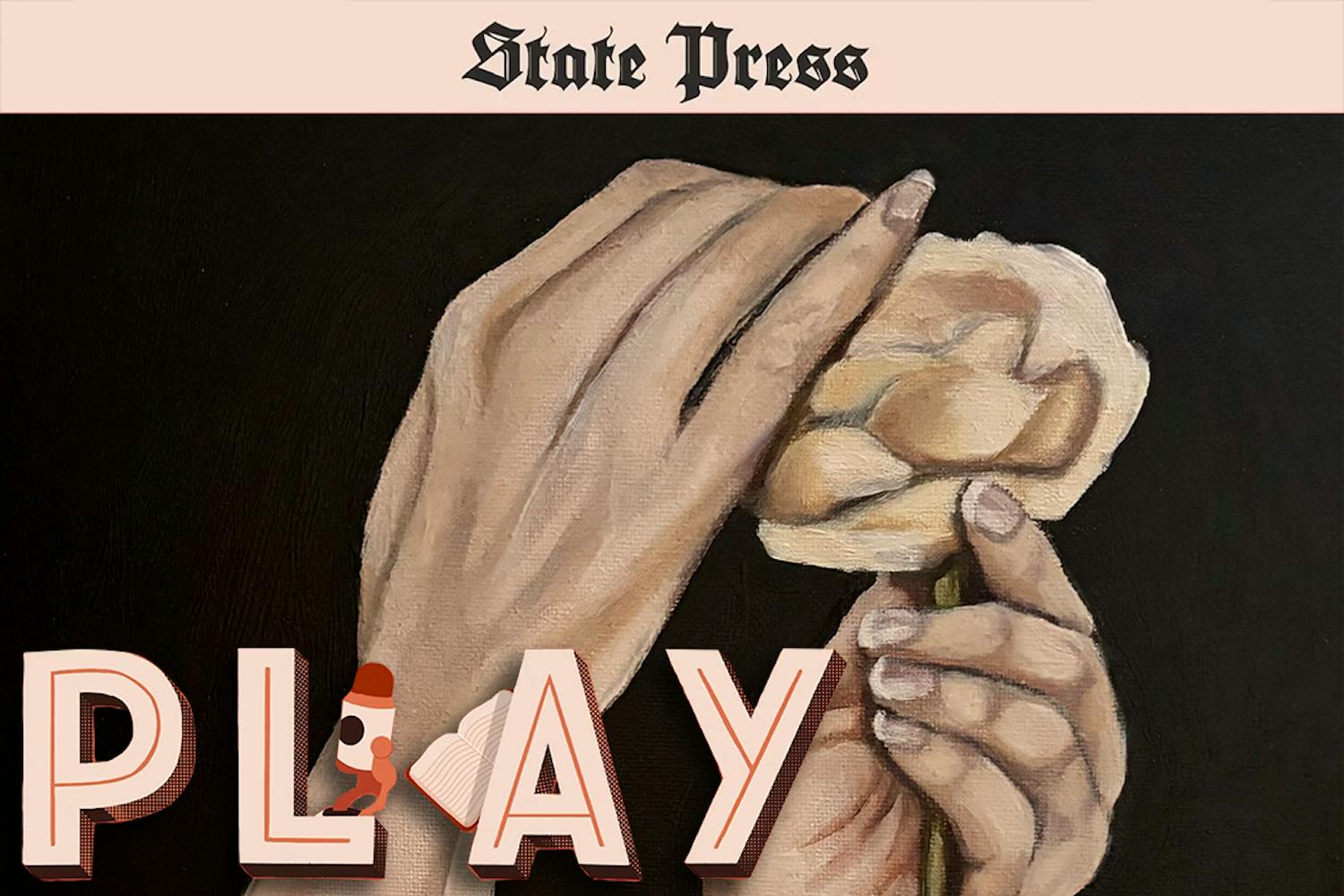Students may find yet another reason to skip class, but instead of hiring a personal note-taker to ensure they don't miss anything, all they'll have to do is open up iTunes.
iTunes U is a new podcasting feature, providing universities across the nation with the ability to broadcast lectures through a computer or mp3 player.
Upon opening the iTunes store, the new iTunes U feature, which launched May 30, is a click away from public use.
Over 200 universities, including ASU, are currently using iTunes U to broadcast local news and happenings within the schools' communities.
But among the most sought-after uses for the new technology is its ability to podcast lectures for students to use in conjunction with their classes.
Charles Kazilek, a biology teacher and director of technology integration and outreach at ASU, said he uses iTunes U for his Biology 100 course and said he's a big advocate of it.
"Nothing will replace a really good lecture where students and teachers interact in class," he said. "However, having content packaged in a way to add learning opportunities for students will only add to the learning process. It's like having a private tutor at 2 a.m."
Kazilek said he also puts out a podcast of his own to help assist middle school students learning the basics of biology. His hit series "Ask A Biologist" was once among the top 10 downloaded podcasts featured on iTunes, he said.
Although Kazilek said he thinks the iTunes U application is an overall great product, he doesn't think that it isn't flawless.
Currently, Google is unable to crawl iTunes when searching the Internet. This means that the general public looking to find information on a certain topic would have to sift through iTunes U separately, making it more difficult to find specific information, Kazilek said.
Audio podcasts from iTunes U are also no substitute for the visual aspects that go along with a great lecture, he said.
Pauline Davies teaches COM 394 - communication through podcasting. She said even though most of the lectures that are currently on iTunes U are in audio or PDF form, it is possible to broadcast video, as well.
Her class teaches the fundamentals of podcasting and allows students to produce their very own programs, some of which are put directly on ASU's iTunes U page.
iTunes U offers a great avenue for students looking to study classroom material in a different environment, such as the privacy of their own home, she said.
"Fundamentally, the more info you give students, the more helpful it can be," she said. "However, there are drawbacks that may take from a good lecturer."
Davies said that when used sensibly in conjunction with courses' visual aids, iTunes U becomes a great resource.
Elliot Farmer, a business senior and former student of Davies, said he was able to get some of his work broadcasted on iTunes U and agreed that the program is a powerful new tool - just as the online class management system Blackboard was, he said.
"As long as it doesn't replace an actual class, [iTunes U] will better serve the needs of the people," Farmer said.
Farmer said he could see students using iTunes U in the privacy of their own homes so that they could study in a less distracting environment.
"I think a lot of people will check [iTunes U] out on their computers and will be a lot more focused because it's like it's just me and the computer, not a whole class filled with distractions."
iTunes U continues to grow in popularity among ASU teachers and will be more commonly used in upcoming semesters, said Guy Mullins, director of new media.
Reach the reporter at: daniel.oconnor@asu.edu.




